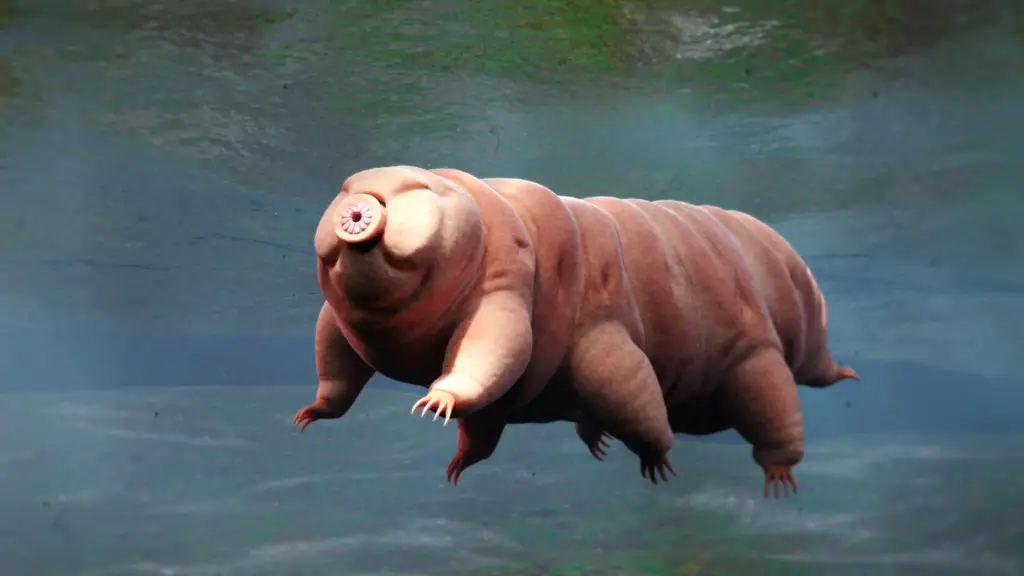Tardigrades, the eight-legged creatures, are among the toughest organisms on Earth, capable of surviving in the most extreme conditions
One of their most extraordinary abilities is their incredible resistance to radiation. They can endure doses thousands of times higher than what would be lethal to humans.
Scientists have been fascinated by this super-power, which could help device mechanisms for human spaceflight.
Recent research on a newly discovered tardigrade species, H. henanensis, has shed light on the secrets behind this incredible resilience.
Identification of genes
There are over 1,500 known species of these tardigrades, also known as “water bears.”
Surprisingly, these microorganisms exhibit an extraordinary tolerance to gamma radiation, enduring levels that are a thousandfold higher than the lethal dose for humans.
Previously, scientists have discovered that they possess robust DNA repair mechanisms and a unique protein called Dsup, which protects their DNA from radiation damage. However, many aspects of their radiation resilience remain a mystery. But H. henanensis has revealed even more.
In this new study, the National Center for Protein Sciences (Beijing) and Shaanxi Xueqian Normal University researchers conducted morphological and molecular analysis of this newly discovered species.
By means of this investigation, they aimed to explore the fundamental basis of the species’ radiation tolerance.
The researchers exposed the tardigrades to heavy ion radiation and then analyzed their molecular activity. They found that 285 genes related to stress response were activated. This suggests that these genes play a crucial role in helping the tardigrades survive and repair damage caused by the radiation.
Molecular mechanisms
As per the press release, the team also identified three key molecular mechanisms underlying the organisms’ radiotolerance.
Firstly, this species has acquired a gene, DODA1, from bacteria through a process called horizontal gene transfer. This gene allows the tardigrades to produce betalains, which are pigments with powerful antioxidant properties.
These antioxidants help protect the tardigrades from the harmful effects of radiation by neutralizing harmful free radicals.
Moreover, tardigrades possess a unique protein, TDP1, which specializes in repairing severe DNA damage, known as double-strand breaks. This efficient repair process is crucial for their survival after radiation exposure.
Also, a special mitochondrial gene, BCS1, has evolved to become more active in response to radiation. This gene helps protect the mitochondria, the cell’s powerhouses, from damage caused by radiation.
“Extreme environmental resistance of extremophiles such as tardigrades is a treasure trove of unexplored molecular mechanisms of stress resistance,” the study paper noted. “Functional research on these radiotolerance mechanisms… will further broaden our understanding of cellular survival under extreme conditions and may provide inspiration for promoting human health and combating disease.”
These radiation-resistant genes hold significant potential for applications in human health, space exploration, agriculture, and medicine.
By studying the unique ways tardigrades protect themselves from radiation, scientists may be able to develop new materials and technologies to shield astronauts from the harmful effects of space radiation on the Moon.
The Moon has no atmosphere to protect it from the Sun’s harmful radiation, especially during solar flares. It is also bombarded by cosmic rays, which are high-energy particles from distant galaxies. Without protection, these particles can penetrate the human body and cause cellular damage.
Tardigrades could lead to biotechnological advancements that benefit astronauts, such as developing drugs to combat the effects of space radiation or genetic engineering techniques to enhance human resilience.


Leave a Comment